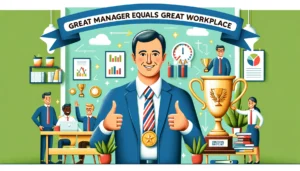Pay cuts and freezes: HR encouraged to “think outside the box”
- 3 Min Read
HR now has a “regular seat at the table” during the pandemic
- Author: Aoife Morgan
- Date published: Feb 17, 2021
- Categories

HR practitioners are being encouraged to “think outside the box” to find new ways of motivating employees following company-wide pay cuts and freezes, according to Debra Corey, chief pay it forward officer at DebCo HR.
In September 2020, one in five employers had introduced pay cuts as a result of the pandemic and 30 percent were considering them if it is necessary for the business to survive, according to an exclusive survey for The Times by the Chartered Management Institute (CMI).
Few industries have been unaffected by the pandemic. Cancer Research UK cut staff pay by 20 percent and furloughed more than half of its employees to reduce costs. In July 2020, Ryanair pilots accepted a 20 percent temporary pay cut in order to safeguard jobs.
“In these types of situations, you need to think outside of the box, and understand what motivates people individually,” says Corey. “Find ways to help people develop over the next year when you might not be able to give them more money.”
“You’ve got all these different tools in your toolkit and one of them is definitely pay. When you don’t have that, leverage all the other tools. Focus on learning and development, benefits or recognition programmes.”
Giving employees control of time management is also a great motivator, Corey says.
“Start bringing those tools out and using them because at the end of the day, you want people to feel like they’re appreciated.”
Accounting firm Deloitte saw partners pay cut by an average of 17 percent while KPMG partners had their pay cut by an average of 11 percent. Both firms have introduced new wellbeing initiatives in response to the pandemic such as the Deloitte coffee club and a special leave code for KPMG employees to care for family and friends.
Employees respond positively when they are involved in difficult processes, such as pay reductions.
“During the past few years, companies have really stepped up when being honest and transparent. It increases morale and engagement because people feel like their company cares for them and we’re supporting them during a horrible time.”
“Once you announce it, don’t stop listening to your employees. It’s important to understand the impact of not doing a pay increase and see if there are other things you can do to support your people.”
The uncertainty of the pandemic and lockdowns has meant HR now has a “regular seat at the table”, says Corey.
“It’s been a really crazy time. The spotlight has been on HR more than it’s ever been before. It’s good because it means that businesses are putting more focus on people, but it has also been really challenging as people are looking to HR to have the answers.”
Employers have dealt with pay freezes and cuts during previous economic downturns, but the uncertainty driven by the coronavirus is adding more pressure, says Corey.
“The difference this time around is the whole world is going through it. We’re all going through it differently and at the end of the day every business to some extent is impacted by it. There are so many more unknowns this time around.”









